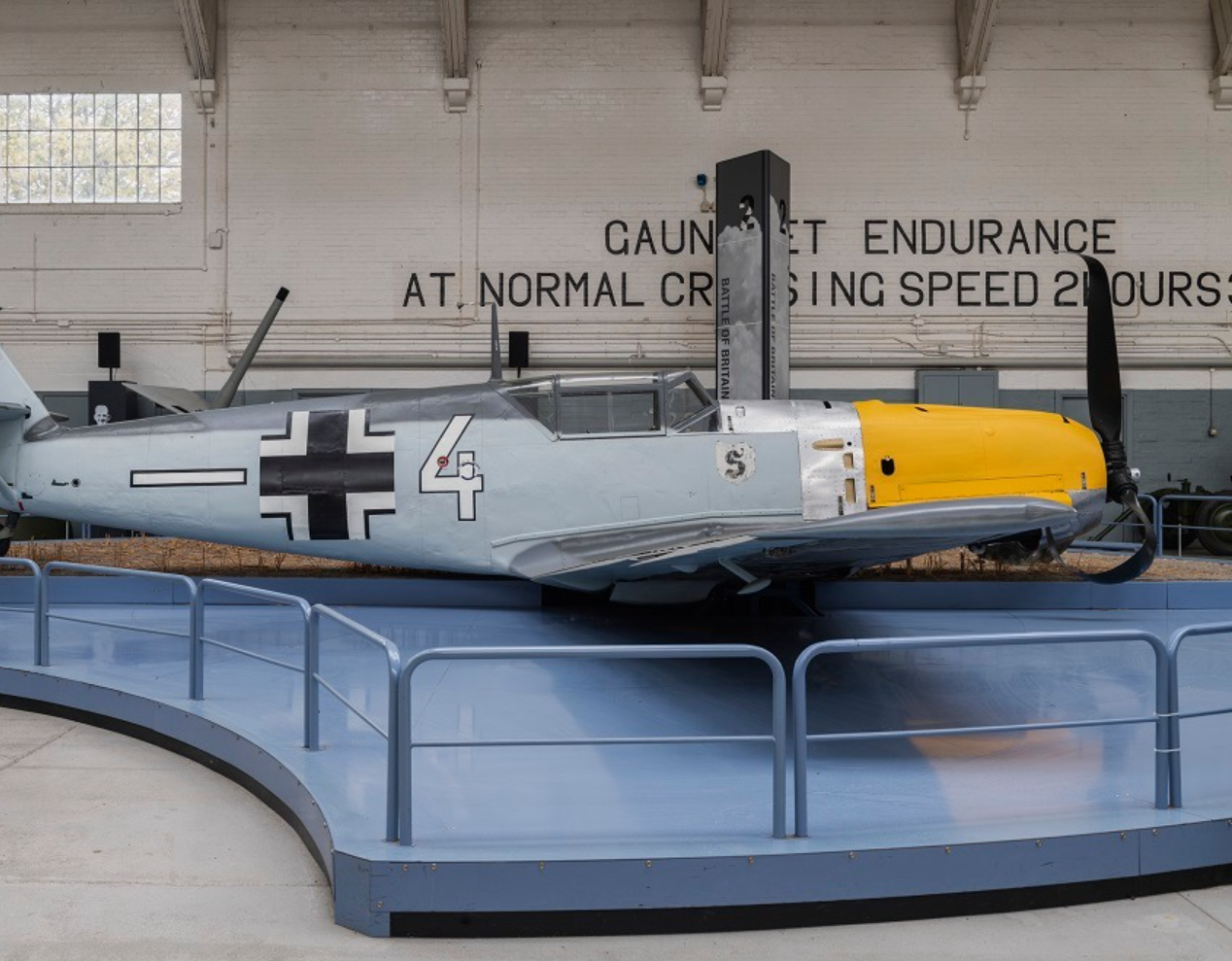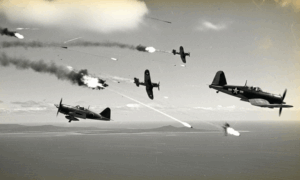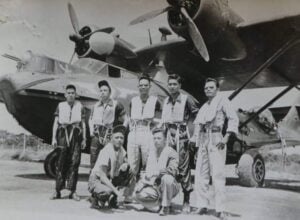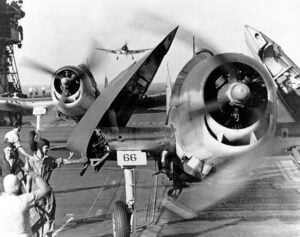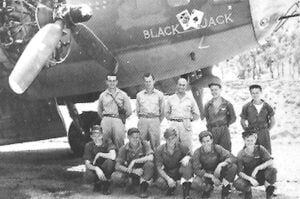7 Must-Visit Destinations to See Restored Messerschmitt Fighters in 2025
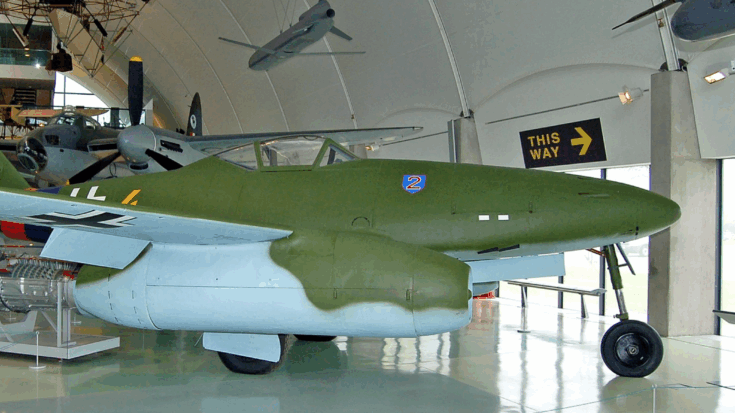
Martin Regnard / Facebook
Aviation fans planning their 2025 travels can look forward to a unique quest: seeing restored Messerschmitt fighters in flight‑worthy or carefully conserved condition. Only a handful of Bf 109s, Me 262s, and other types still exist, and even fewer are displayed with engines running.
The seven sites below—from Germany to the United States and Switzerland—offer the best chance to experience the sights and sounds of these historic machines while learning how wartime design still shapes modern engineering. Each destination includes a video link so readers can preview what awaits.
Flugmuseum Messerschmitt, Manching (Germany) — Me 262 Night‑Fighter
The Bavarian town of Manching hosts the Flugmuseum Messerschmitt, where a freshly expanded exhibit explores the radar‑equipped Me 262 night‑fighter, the first jet of its kind. Guided tours take visitors beside the museum’s air‑worthy reproductions, including a twin‑jet Me 262 that occasionally performs taxi runs on the adjoining air‑base apron.
Curators emphasize Willy Messerschmitt’s engineering breakthroughs—swept wings for speed, tricycle under‑carriage for stability, and pressurized cockpits for altitude work—linking them to post‑war jet design. Artifacts such as Jumo 004 engine sections reveal the production obstacles that limited German output in 1944–45.
Military Aviation Museum, Virginia (USA) — Bf 109 G‑4
In Virginia Beach, the Military Aviation Museum restored a rare Bf 109 G‑4 to daily flying condition after a two‑year project that blended original parts with newly machined components for safety. Its Daimler‑Benz DB 605 engine delivers the same 1,475 horsepower German pilots once trusted at altitude.
Visitors can watch the fighter start, taxi, and take off during routine demonstration sorties that accompany the museum’s sprawling warbird schedule. Flight crews explain the aircraft’s ground‑attack modifications—cannon pods and bomb shackles—that illustrate how the Bf 109 evolved beyond pure air‑to‑air combat.
Flying Heritage & Combat Armor Museum, Seattle (USA) — Me 163B Komet
Paul Allen’s collection near Seattle now displays an Me 163B Komet, the world’s first rocket‑powered interceptor. Museum panels highlight the dangers pilots faced: volatile propellants, eight‑minute fuel loads, and a risky skid landing system that could rupture tanks on touchdown.
Although the Komet cannot fly, its Walter HWK 109‑509 engine section and detachable take‑off dolly show visitors how engineers chased unprecedented climb rates above 500 mph. The display sits among 70 restored vehicles, allowing side‑by‑side comparison with piston fighters.
Technik Museum Sinsheim (Germany) — Bf 109 G “Gustav”
Sinsheim’s newly unveiled Bf 109 G “Gustav” illustrates mid‑war refinements such as improved supercharging and a taller rudder for better high‑altitude control. Restorers relied on surviving DB 605 engine parts and original Luftwaffe maintenance manuals to keep historical accuracy while allowing limited ground runs.
Interpretive panels stress the Gustav’s 400 mph top speed and rapid climb, attributes that forced Allied tacticians to rethink escort formations in 1943. The museum’s glass mezzanine lets visitors look down on the fighter’s narrow‑track under‑carriage, a design compromise that saved weight but challenged pilots on muddy fields.
Royal Air Force Museum London (United Kingdom) — Me 262 A‑1a
The RAF Museum’s Hendon site preserves a static Me 262 A‑1a built from original parts and post‑war components, offering weekly engine‑run talks that feature Jumo 004 start‑up recordings and cutaway compressors. Although the jet no longer taxis, staff demonstrate throttle response and discuss why turbine blade metallurgy limited operational life to roughly 25 hours.
Displays trace how the 262’s swept‑wing planform influenced Cold‑War British designs such as the Hawker Hunter. Interactive screens let visitors compare fuel‑consumption graphs between early jets and modern turbofans.
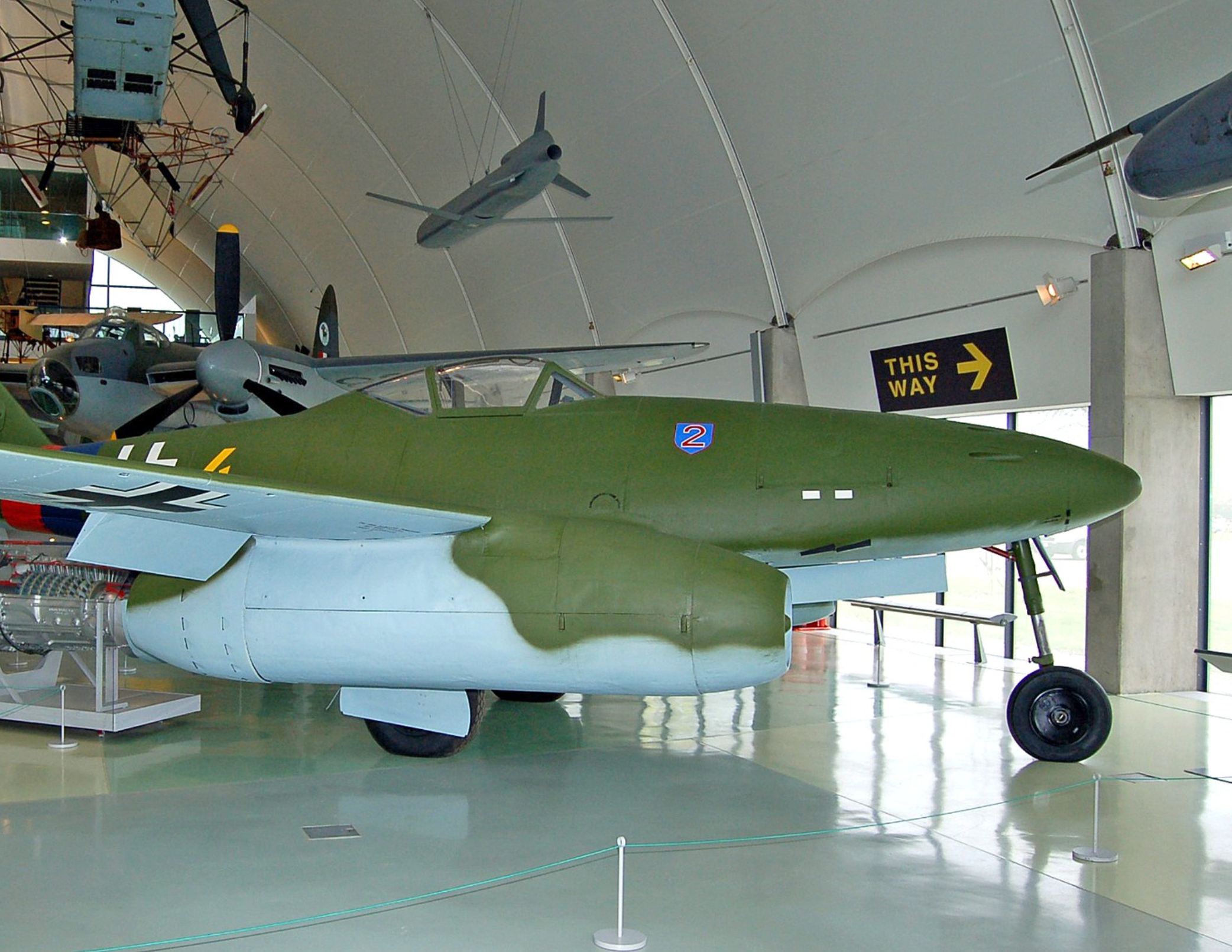
Swiss Alps Aviation Center, Altenrhein (Switzerland) — Bf 109 G‑10
In 2025 the new Swiss Alps Aviation Center plans to debut a high‑altitude Bf 109 G‑10, restored with special cowl scoops and oil radiators that once helped Luftwaffe units patrol Alpine passes. Exhibits focus on oxygen‑system upgrades and cold‑weather lubrication, linking wartime lessons to present‑day mountain flying.
Set beside Lake Constance, the center offers guided ramp tours during which engineers demonstrate manual crank‑starts and explain how pilots managed boost pressures above 20,000 feet. A nearby mezzanine presents Swiss Air Force documentation on post‑war Bf 109 G‑10 evaluations.
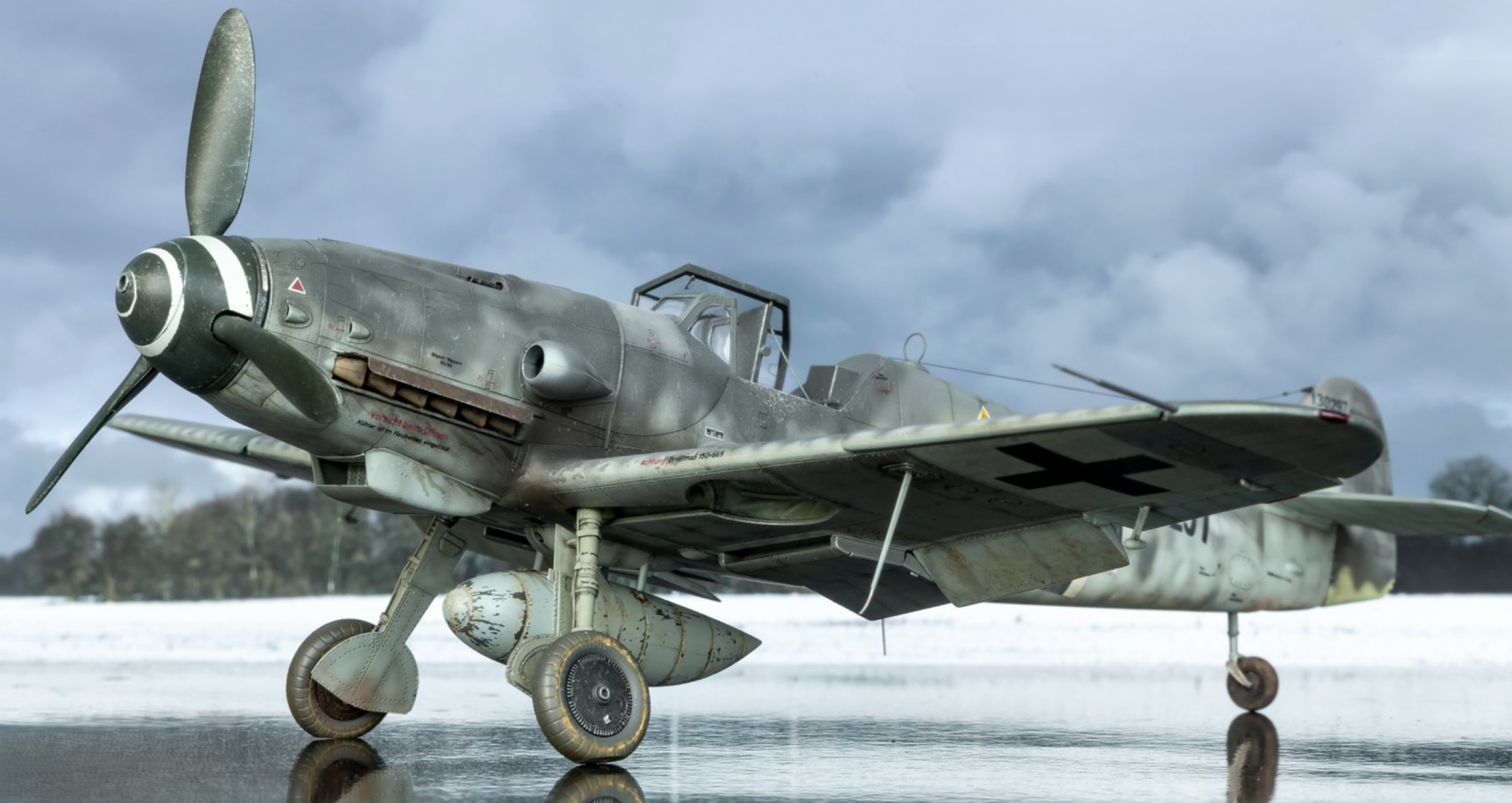
Imperial War Museum Duxford (United Kingdom)
Duxford’s conservation team has completed a desert‑campaign Bf 109 F recovered from an Egyptian crash site. Restorers left sun‑bleached camouflage intact and fitted an original tropical filter to show how sand ingestion issues shaped engine‑cooling research.
During summer “Flying Legends” weekends, the fighter appears beside Allied adversaries, enabling commentators to discuss dogfighting energy tactics at low altitude. Hangar boards outline how desert heat forced changes to fuel quality and coolant mixtures, lessons that carried into post‑war hot‑weather testing.
